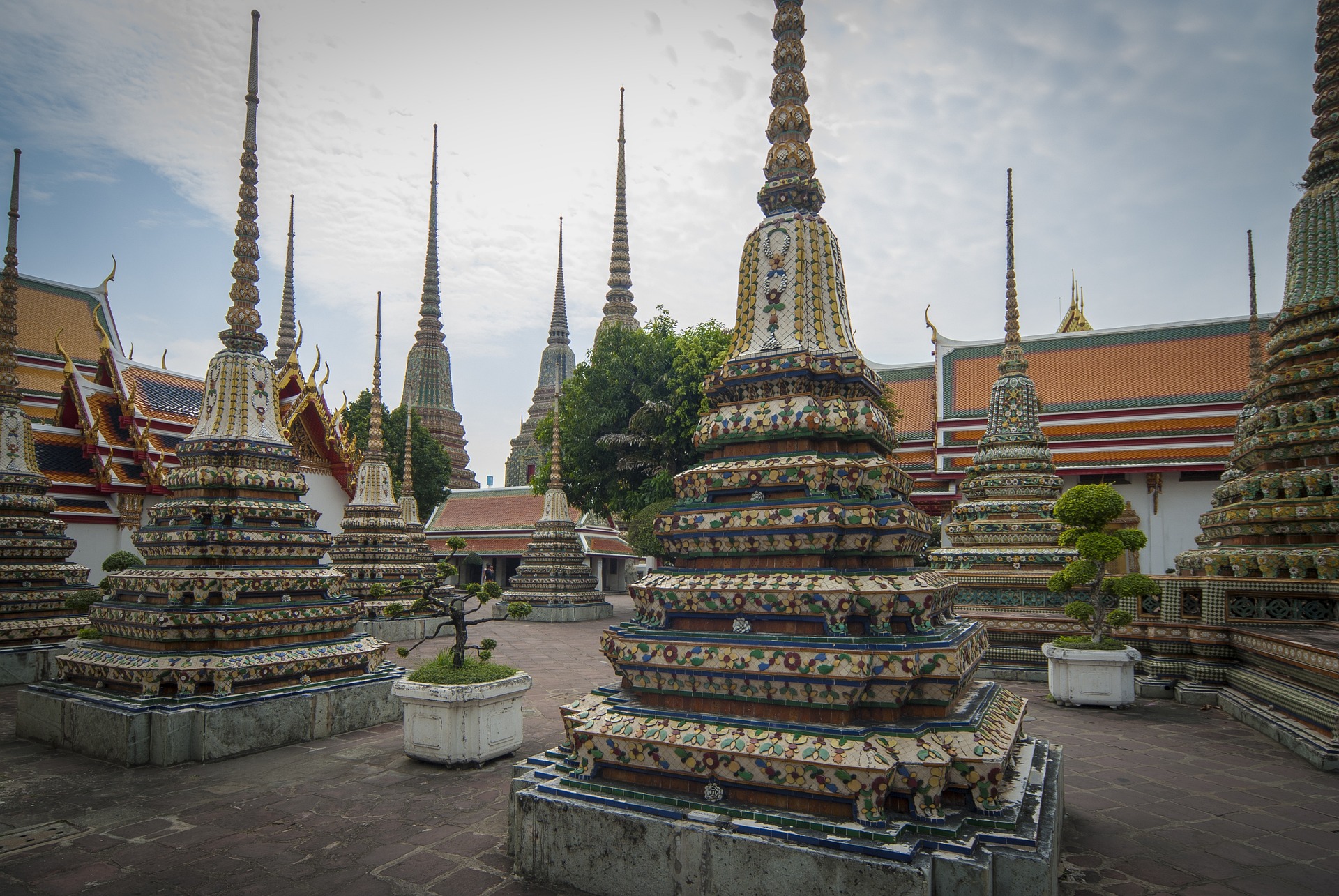Wat Pho

Wat Pho is one of the oldest and most revered temples in Bangkok, Thailand. Its official name is Wat Phra Chetuphon Wimon Mangkhalaram Rajwaramahawihan, but it is commonly known as Wat Pho. The temple is located near the Grand Palace, and is famous for its impressive architecture and the giant reclining Buddha statue that it houses. The history of Wat Pho dates back more than 200 years, and it has played an important role in Thai culture and religion.
Wat Pho was built in 1788 by King Rama I, the first king of the Chakri dynasty. It was originally known as Wat Photharam, and was built to house the ashes of the king’s father. Over the years, the temple was expanded and renovated, and became a center of learning and culture in Thailand. It is known for its traditional Thai massage, which has been practiced at the temple for more than 200 years.
One of the main attractions at Wat Pho is the giant reclining Buddha statue. The statue is 46 meters long and 15 meters high, and is covered in gold leaf. It is one of the largest and most impressive Buddha statues in Thailand, and is a popular destination for tourists and locals alike. The statue’s feet are particularly impressive, as they are decorated with intricate mother-of-pearl inlays.
Wat Pho has also played an important role in Thai education and scholarship. In the early 19th century, King Rama III commissioned a group of scholars to create a new edition of the Tripitaka, the sacred Buddhist scriptures. The scholars worked at Wat Pho for many years, and the temple became known as a center of Buddhist scholarship and learning.
Throughout its history, Wat Pho has faced many challenges and hardships. It was damaged by fires and floods in the 19th century, and was later abandoned for many years. In the 1950s and 1960s, it was renovated and restored, and was designated a Royal Temple by the Thai government. Today, it is one of the most popular tourist attractions in Bangkok, and is a must-see destination for anyone interested in Thai history and culture.
Visitors to Wat Pho can explore the temple grounds, which include several impressive buildings and monuments. They can also take a guided tour of the temple, and learn about the history and significance of the various buildings and artifacts. The temple is open daily from 8:00 am to 6:30 pm, and is closed on certain holidays.
In conclusion, Wat Pho is a testament to the enduring cultural heritage of Thailand. It has survived many challenges over the years, and has remained a center of learning and culture in the country. Its impressive architecture and the giant reclining Buddha statue make it one of the most popular tourist attractions in Bangkok, and a must-see destination for anyone interested in Thai history and culture.
Text generated by ChatGPT. Image by gerbilfarmer via Pixabay
